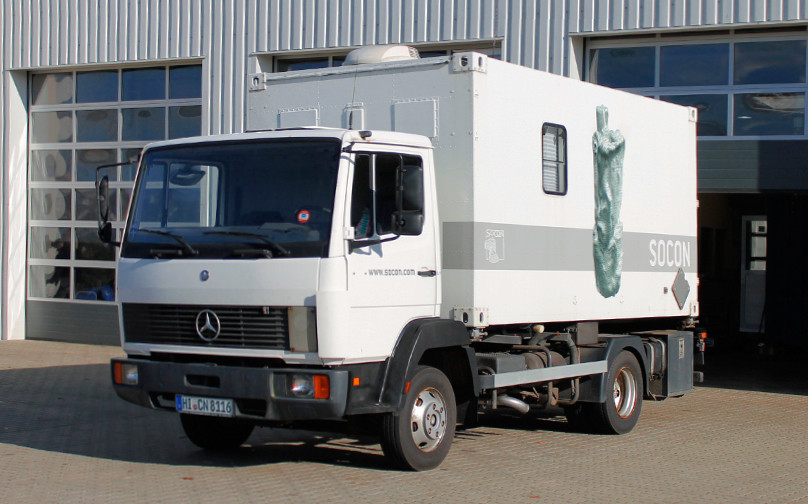Hardware for caverns
In our technical laboratory, highly qualified employees assemble the tools and measuring systems developed in our own research and development department and test them extensively before commissioning. After internal development or design, external specialist companies manufacture the necessary mechanical components and electronic assemblies.
The constant operational readiness of the complex measuring systems is ensured by an adequate stock of replacement systems and assemblies as well as by the extensive and regular service and maintenance work. Strict compliance with the service and calibration work prescribed in the internal quality management system guarantees the precision and high reliability of our measuring systems.
Sonar technology
The ambient conditions in caverns are extreme and make great demands on the survey tools – demands that cannot be fulfilled by mass production. As a result SOCON specially develops its survey tools, mechanically as well as electronically, in its own R&D department. These can be used for measuring in all types of media that occur in caverns. All SOCON tools are built based on the tried-and-tested modular concept. The integrated functional modules, such as the transmitter-receiver unit, rotation tilt controls, acoustic measurement unit, compass, gyro stabilization and M-CCL (Multiple Casing Collar Locator) are equipped with their own processor, which is controlled by an external central computer via a digital bus.
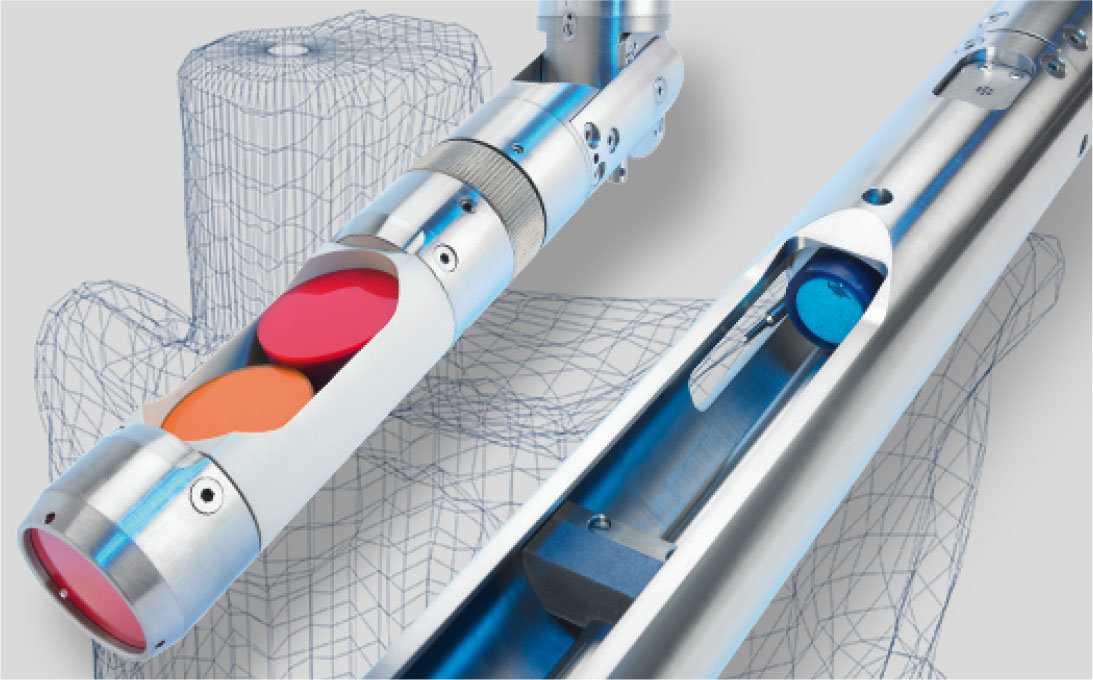
To receive true orientation when measuring through steel pipes a fibre optic gyro module is available. For carrying out surveys in gas caverns, a module is used for determining the dewpoint. Moreover, the tools of the latest generation are now fitted not only with three magnetic field sensors, but also with an integrated natural-gamma sensor and an optimized stabilizing unit for fixing the tool while it is measuring. During a single survey run the sonar tool continuously logs the physical parameters needed for controlling the survey procedure and interpreting the measured results. CCL or M-CCL sensors ensure that the depth reference is correct. Other sensors in the tool measure the tilt of the survey head. This enables measurements made with a tilted tool to be corrected by considering the displacement of the tilted survey head.
Survey trucks
SOCON´s fleet of survey trucks is made up of numerous types of modern and powerful vehicles. Equipped with plenty of reserve power for any conceivable scenario, the vehicles guarantee safe and secure operation. The survey trucks are built according to our specific design in close cooperation with a local specialist company. All the trucks have a winch compartment clad with stainless steel paneling, housing the winch, a hydraulic crane, tool storage tubes as well as a workbench. The robust winches are a product of our own development and production and include functions and devices that significantly increase safety.
Thanks to the quickly interchangeable cable drums the survey trucks can be used flexibly, for instance for use with a fibre optic cable. Yet the heart of the survey trucks is the survey cabin. This provides the workplace with survey apparatus for the operator as well as a second computer workspace for the interpreter to process and interpret the data during operations.
Test facilities
Developing prototypes, commissioning the latest series of tools, calibration, routine maintenance, functional checks and even hardware and software training – the tasks are many and highly interconnected. Complex systems have to be put through their paces before they are confronted with tough, real-life operating conditions. At SOCON we have diverse equipment and facilities for performing this work. Only what´s tried and tested, is put into operation.
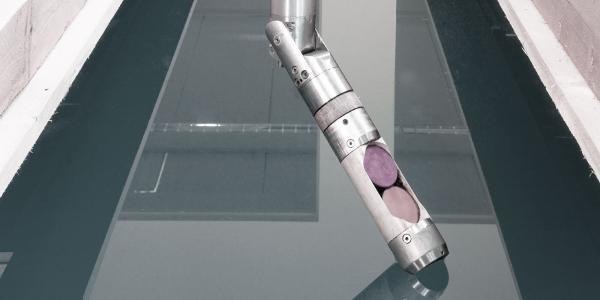
The large water tank
An octagonal tank holding 30 tonnes of water and clad inside with structures resembling a cavern wall and with various echo reflectors, plus an overhead crane for positioning tools anywhere in the tank. Developers and survey technicians alike use this elaborate set-up not only for testing new sonic ceramic units, but also for simulating realistic conditions for the entire survey equipment.
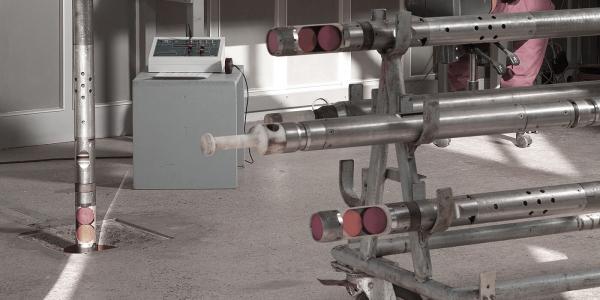
The inside borehole
In the 10 meters deep borehole in the workshop the functionality of tools can be tested under realistic conditions. In fact before being put into operation every tool is subjected here to a documented and full functional check. For instance, adapted laser pointers on the tool indicate precisely how well the rotation and tilt drives are working. And only when the test results are completely up to standard is the respective tool given the all-clear for operation.
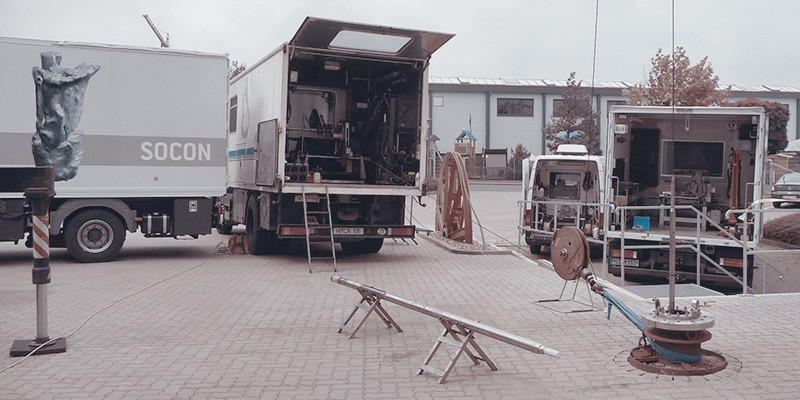
The outside borehole
Outside of the workshop a hole has been sunk and fitted with different sized casing to image typical casing situations – 13 3/8″, 10 3/4″ and 5 5/8″ with different lenghts. Tools are lowered into the test borehole to a depth of 40 meters by a survey truck running its cable over a pulley suspended from a crane.
Tested here are CCL and MCCL electronics as well as interface measuring tools, SoMIT® tools and BCS systems. Pneumatic control of the level in annular space allows the interface depth to be adjusted as required.
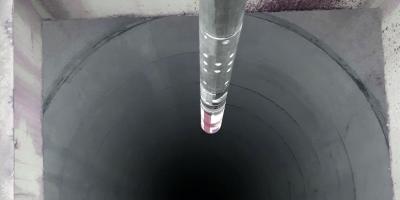
The shaft
For testing the overall system, including the winch and vehicle installations, SOCON uses a 1,050 meter deep shaft with accurately measured depth points.
The shaft is located not far away from the company headquarters. Here, systems and survey cable are checked and calibrated under real operating conditions, winches tested and the general dynamic behavior of tools and long cable investigated.
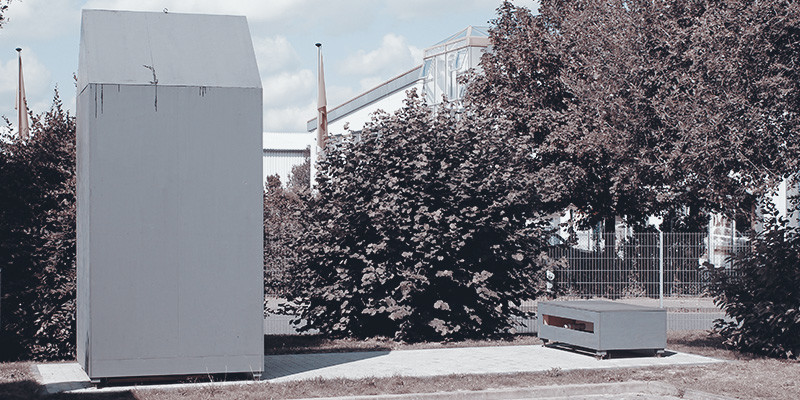
The GaussHouse
The GaussHouse on the SOCON site in Emmerke is also made completely of non-ferromagnetic materials such as wood, brass and aluminium, but also the now available non-magnetic stainless steel screws. The master compass is made of a precisision-made aluminium plate with unevenness of less than 0.05mm which the reference compass as well as the reference mirror are mounted at identical positions. This arrangement guarantees the angle of twist to be less than 0.05°

The container for pressure tests
For safe and speedy performance of the six-monthly pressure tests of all parts that have to be tested in accordance with prevailing legal requirements. After six months of planning, in favour of building a test installation for pressure lubricators and pipe material.


